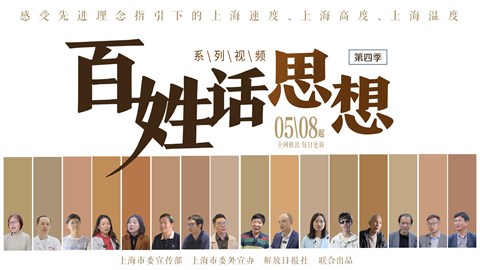The thrill of 'mini-excavation' experience
Wearing white rubber gloves, a work-at-home “archaeologist” carefully dug into a soil clod on the table with a chopstick-sized shovel.
After a while, the shape of a rabbit head was revealed from the soil, which, after elaborate clean-up, turned out to be an exquisite bronze stamp.
The “archaeologist,” a netizen named “Chudaiji,” shared the mini-excavation experience on the Chinese social media platform Douban, which was forwarded on Weibo.com, attracting tens of thousands of viewers and likes.
“It looks like so much fun. With gloves on for digging, it feels like being an archaeologist,” a netizen said.
The rabbit-headed stamp was among a series of “archaeological findings” hidden in different blind boxes, which were rolled out by the Henan Museum in central China’s Henan Province.
Each box contains a soil clod sealed in a can with a brush and a tiny Luoyang shovel, a traditional Chinese tool for archaeological excavations. A brochure introducing the items that you might uncover is also included, said Song Hua, director of the cultural and creative office of the museum.
The items range from stamps of the 12 Chinese zodiac heads and a duplicate of a bronze cooking vessel dating back over 3,500 years to a tiger-shaped tally, which was traditionally issued to generals for troop movement.
“Like other blind box products, the items buried in the soil have different unpacking rates,” said Song.
To simulate the archaeological excavation process, the soil clod wrapping the treasure is mixed with clay from Mangshan Mountain in Luoyang, the location of royal mausoleums for many dynasties in history.
According to Song, since the products were released last year, the museum has sold out several times.
“In one round of replenishment on December 8, a total of 600 blind boxes were sold in 35 seconds online,” he said, adding that a total of 14,000 boxes have been sold so far in December alone.
In Xi’an, capital of northwest China’s Shaanxi Province, the Shaanxi History Museum has designed blind boxes with replicas of a series of 3,000-year-old bronzeware.
In Sichuan Province that borders Shaanxi, the Sanxingdui Museum, where the ruins are believed to be remnants of the Shu Kingdom dating back 2,600 years to 4,800 years, workers have designed dolls based on its collections of bronze face masks and figurines.















